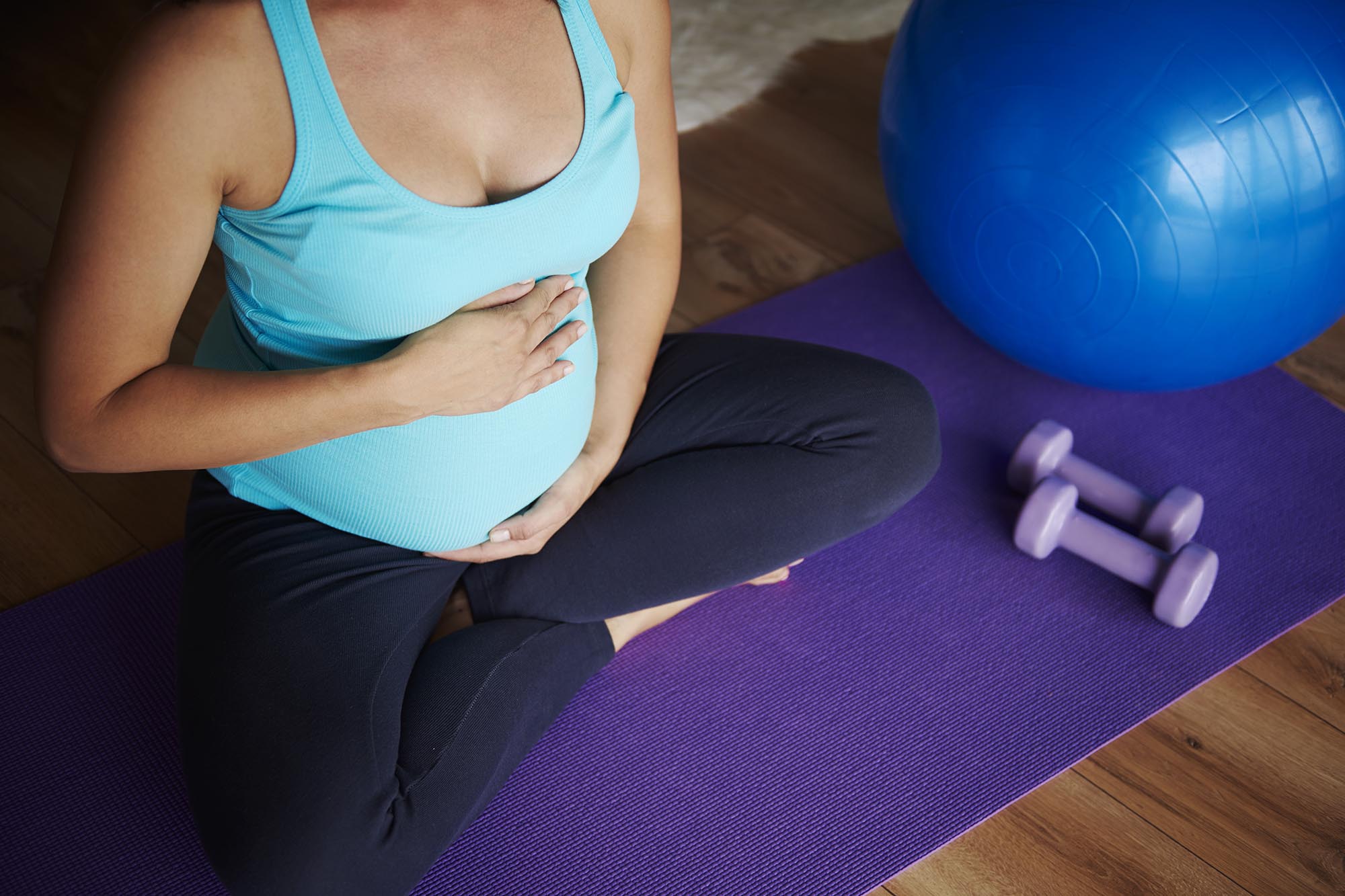
Exercise during Pregnancy
March 2, 2023
Exercise during pregnancy- is it safe and what should I be doing?
Why is it important to exercise during pregnancy
Exercising during pregnancy is important as it has many physical, emotional and mental health benefits for you and your baby. These include:
- Reduced risk of developing gestational diabetes
- Decreasing risk of pre eclampsia
- Reducing blood pressure
- Improved sleep
- Control your body weight and reduce excessive weight gain
- Decrease in post natal depression
- Decrease risk of preterm labour
- Increase in postnatal recovery
Always seek clearance from your GP or Obstetrician prior to starting an exercise program. If your Obstetrician or GP have stated you have an uncomplicated pregnancy and ruled out any relative and absolute contraindications to exercise you can exercise throughout your entire pregnancy up until birth. If you are a previous non exerciser, it is always best to seek advice about starting a gradual exercise program. There is no evidence that suggests exercise is harmful to you or your baby during pregnancy if you have gained clearance to exercise.
Common changes that occur
Your body is changing by the day during pregnancy and it is important to be aware of what other changes are happening in your body. Common changes include:
- Increased heart rate by 16-20 beats per minute- you may find everyday tasks more tiresome because of this
- Reduced red blood cells which can lead to the development of anemia
- Hormone changes including increased progesterone which is responsible for relaxing smooth muscle, this can then lead to constipation, GORD and reflux
- Increased need to urinate due to the kidneys working faster as blood flow increases through the kidneys
- Postural changes- excessive lumbar lordosis and sway back are common
- Centre of gravity shifts throughout pregnancy which can result in balance issues
- Increased joint laxity- this can lead to injuries if not taken into account when exercising
Common medical conditions to be aware of during pregnancy
Diastasis Rectus Abdominis (DRA)
- This refers to a separation of the abdominal muscles due to the thinning and stretching of the connective tissue that joins this abdominal muscles together
- It is common to have a separation of up 2-3cms during pregnancy
- This needs to be rehabilitated appropriately post birth to bring the muscles back together and reduce the risk of long term Diastis rectus abdominus
- Tailored exercise throughout pregnancy can also help to reduce the size of your DRA
Pelvic Girdle Pain (PGP)
- Is an umbrella term that refers to pain in your lower back which can extend to your bottom- it encompasses sacroiliac joint pain, pubic symphysis and lower back pain
- 20-45% of pregnant women will experience this throughout their pregnancy
- It occurs due to hormone changes (increased relaxin) as well as bio mechanical changes which includes increased mobility of the pelvis
- Avoid the following activities which can increase PGP: crossing legs, twisting, heavy lifting and single leg loading
- Instead you should adopt even weight bearing, partake in tailored exercise programs specific to improving pelvic stability.
- The use of a pelvic belt can also assist in reducing PGP
- Research has shown that exercise programs that included pelvic floor muscle exercises, local and global muscle strengthening, aerobic and stretching components had a significantly lower incidence of PGP and lower back pain at 36 weeks pregnant and 12 weeks post partum
What is recommended?
It is recommended that pregnant women follow the Australian Physical Activity Guidelines for the general population which outline the following as recommended exercise:
- 150 mins/week of moderate intensity exercise such as going for a brisk walk
- 2x 30 minute strength based exercise sessions per week
- In addition to the above it is recommended that women also complete pelvic floor exercises daily- It is recommended to see a pelvic floor physio to assess pelvic floor activation prior to starting these exercises to ensure you are activating correctly
Types of exercise that is recommended:
- Walking
- Clinical Pilates and Yoga
- Resistance training
- Swimming
- Stretching
Types of exercise and things to avoid
- No contact or ball sports eg netball, basketball, tennis as you may risk injuring your bump and the baby
- Thermoregulation problems- avoid the heat and hot environments eg avoid spas, saunas and exercising outside on a hot day- always have water on hand as risk of dehydration is high
- Avoid high impact activities such as running
- No lying on your back after the 1st trimester as you risk obstructing the flow of oxygen and blood to your baby
When to terminate exercise
If you experience any of the following during or after exercise you should immediately seek medical assistance:
- Vaginal bleeding
- Dizziness
- Headache
- Chest pain
- Calf pain or swelling
Need further information
If you are needing more information give us a ring at our clinic to book in and see one of our Accredited Exercise Physiologists. An accredited Exercise Physiologist is the best person who can help you with any questions you may have or even get your started with a safe and tailored exercise program to help you feel your best during this special time.
Other News
Why Runners should do Pilates
Why runners should do Pilates? Simple, it will make you a better run...
June 23, 2023
Managing POTS through exercise
Struggling with exercise since being diagnosed with POTS? This one’s for ...
April 24, 2023
Exercise in Stroke Rehabilitation!
Strokes occur when blood supply to your brain is stopped. This can be tempo...
March 10, 2023







